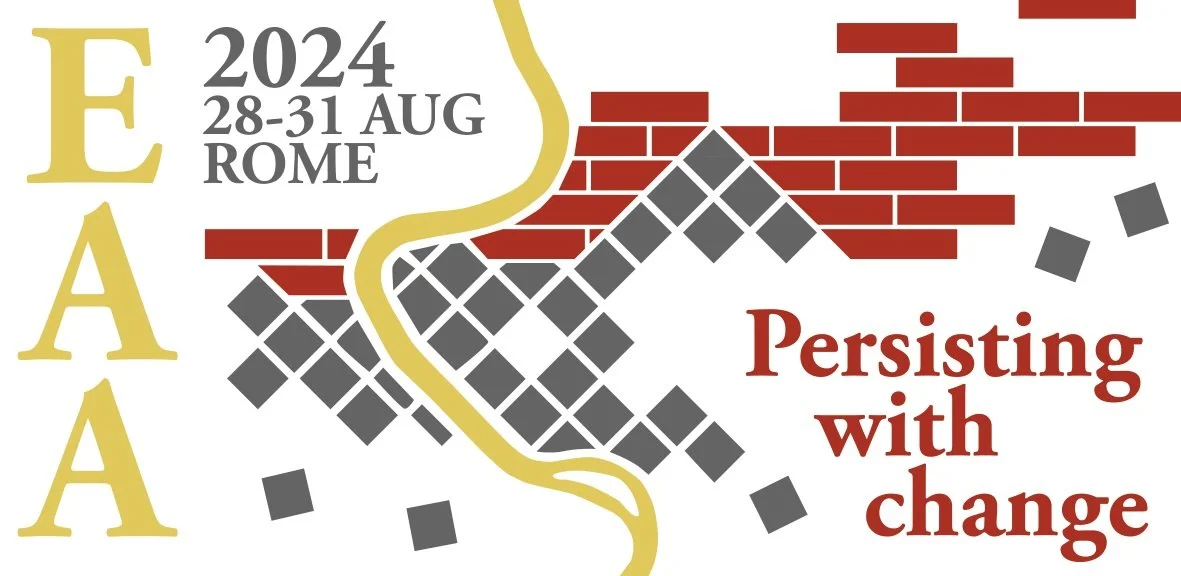When: 31 August 2024
Where: Sapienza University of Rome, Italy
Description
Heritage resources are the culturally and scientifically significant objects, artefacts, and places that modern society has inherited from past generations. This includes both ‘natural’ resources, such as fossils, sediments, and landscapes, as well as ‘cultural’ resources including art, archaeological artefacts, and ancient buildings. As archaeologists, we engage with all these different types of finite resources. In recent years, advancements and investments in neutron and X-ray science have opened the door to new applications that bridge the divide between the sciences and the humanities. They have proved their potential in the study of heritage resources by providing scientists with the tools needed to powerfully, yet non-invasively, characterise, image, and communicate these critically important and often invaluable materials.
This interdisciplinary session draws specifically on the organisers’ new research theme at the LINXS Institute of Advanced Neutron and X-Ray Science at the University of Lund, which is funded from 2023–2026. It aims to bring together archaeologists and scientists, from within and outside of archaeology, to explore the cutting-edge potential of using synchrotron and neutron science to study and understand our shared cultural heritage. To maintain broad inclusivity, this session has no chronological or geographical parameters, but we are keen to discuss the application of neutron, synchrotron, and cutting-edge X-Ray imaging techniques to archaeology specifically.'

